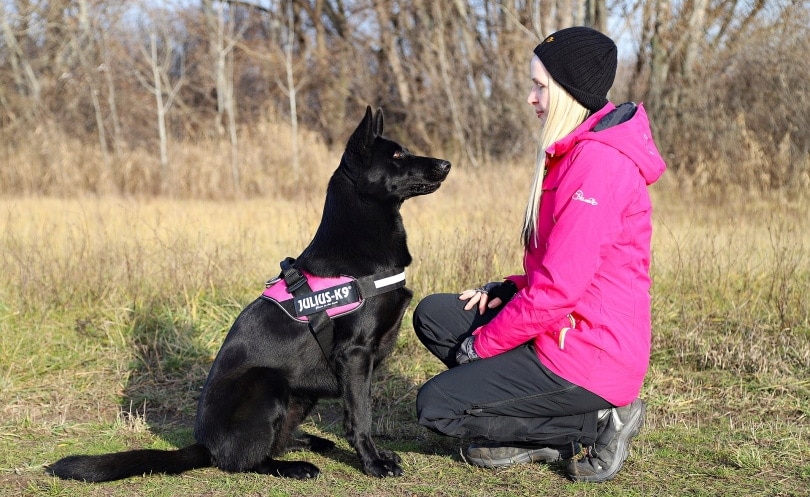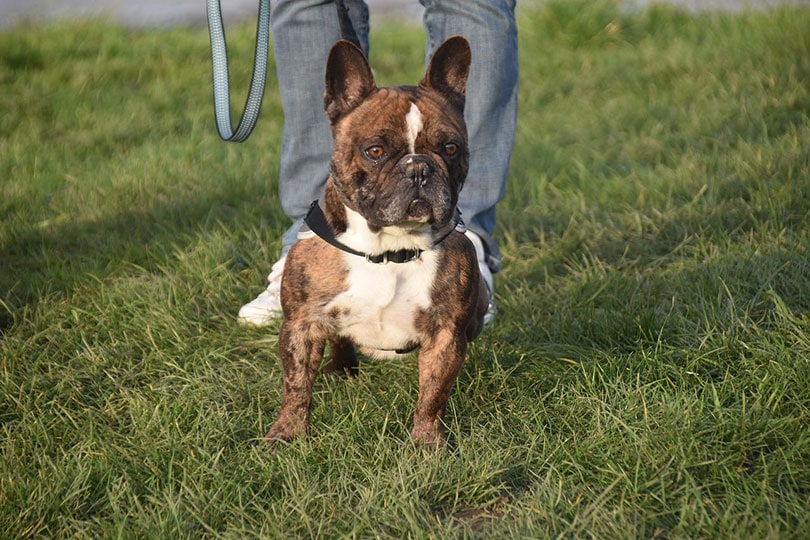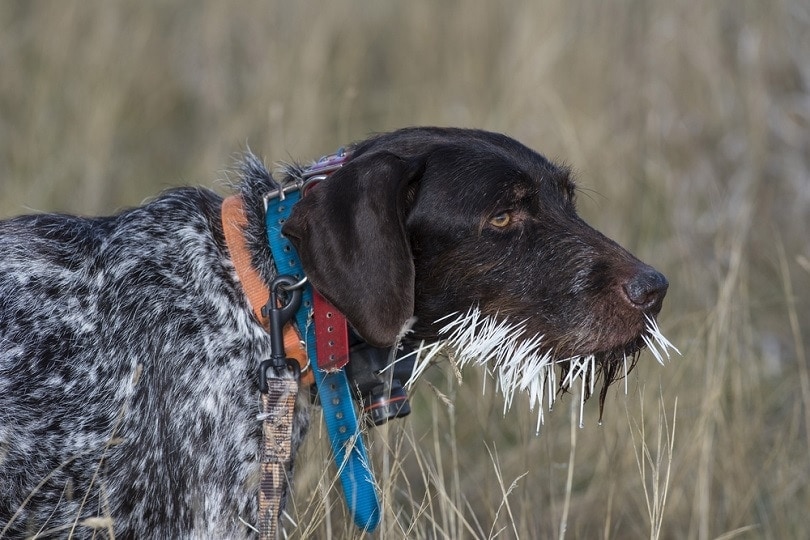When Can a Dog Ride on a Plane for Free? Facts, & FAQ
Updated on
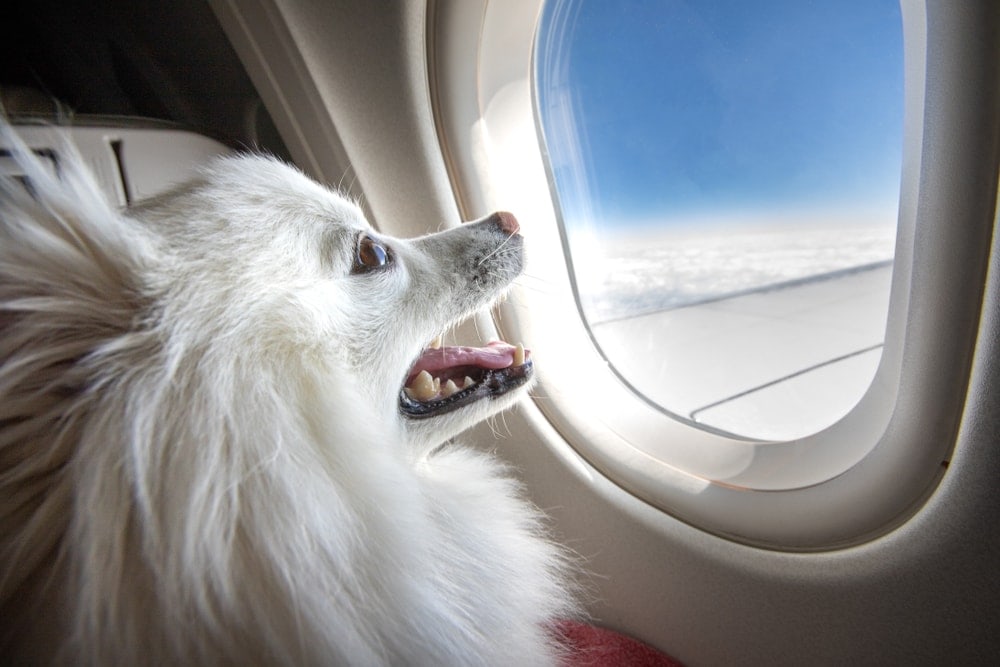
One thing is for sure: not many things in life are free, and that goes for flying with your dog. We’ll be honest upfront and tell you that your chances of your dog riding on a plane for free are slim. The dog needs to fit the criteria of a service animal1 before any free considerations come into play. Even if your dog is considered a service animal, you’ll need to provide the necessary paperwork2 proving this status according to the American Disability Act (ADA3).
In this article, we’ll explain what this all means so that you know what to expect ahead of time. Fasten your seatbelts, and let’s take off!
When Can a Dog Ride on a Plane for Free?
As we’ve mentioned, no dog is flying for free on any airline unless they qualify as a service animal, which is now classified only as dogs. For a dog to be qualified as a service animal, it must be fully trained to do work or perform tasks for a qualified person with a disability. This includes mental disabilities, physical, sensory, psychiatric, intellectual, and visual impairments, seizures, deafness, mobility impairments, and post-traumatic stress disorder.
What’s the Difference Between an Emotional Support Animal and a Service Dog?
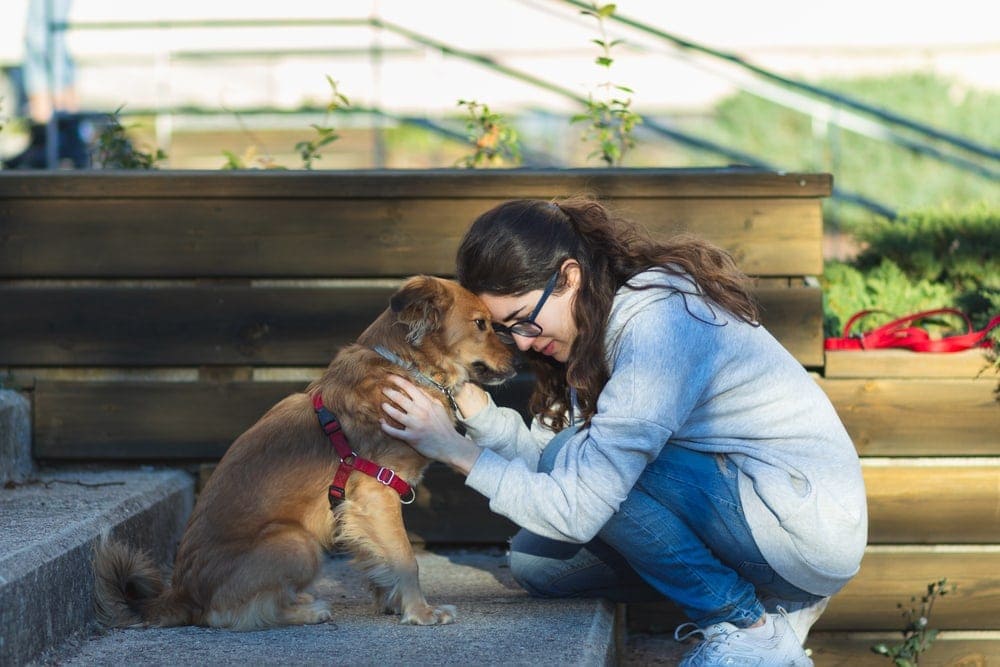
Emotional Support Animals (ESAs) are not the same as service animals. ESAs are trained to help a specific owner, but they are not trained to perform certain tasks or duties regarding a person’s particular disability, which is the primary difference between ESAs and service animals.
One way to look at ESAs is that they are companion animals that help with psychological disorders such as anxiety, depression, loneliness, and phobias. ESAs are just as important as service animals, but in order for a dog to hold the title of a service animal, the dog must be trained accordingly for one’s specific disability.
Can I Fly With My Dog Who’s Not a Service Animal?
Yes! You can, in fact, fly with your dog for a fee. However, your dog must meet certain requirements, such as weight, age, size, and destination. In-cargo travel for your dog requires your dog to be in a carry-on, which means you cannot bring a carry-on of your own, and your dog must fit underneath the seat in front of you.
Regarding fees, Delta, American, and United all charge a flat fee of $125 each way. Southwest charges $95, and Frontier Airlines charges $99. The U.S. Department of Agriculture (USDA) regulates pet travel, and all airlines must abide by the law. If you plan on traveling with your dog, it’s wise to speak to an agent with the airline to ensure your dog meets the requirements before you book your flight. You’ll also pay the fee when you arrive at the airport instead of paying at the time of booking.
Can All Service Animals Fly for Free?
Changes set forth in January of 2021 by the U.S. Department of Transportation require paperwork prior to boarding with your service animal. You are also required to fill out the Service Animal Health Behavior Training Form indicating the dog’s behavior, vaccinations, and other pertinent information. There are no restrictions on the dog’s breed or size. If the dog is legally classified as a service animal, the dog will fly for free.
Cargo vs Cabin
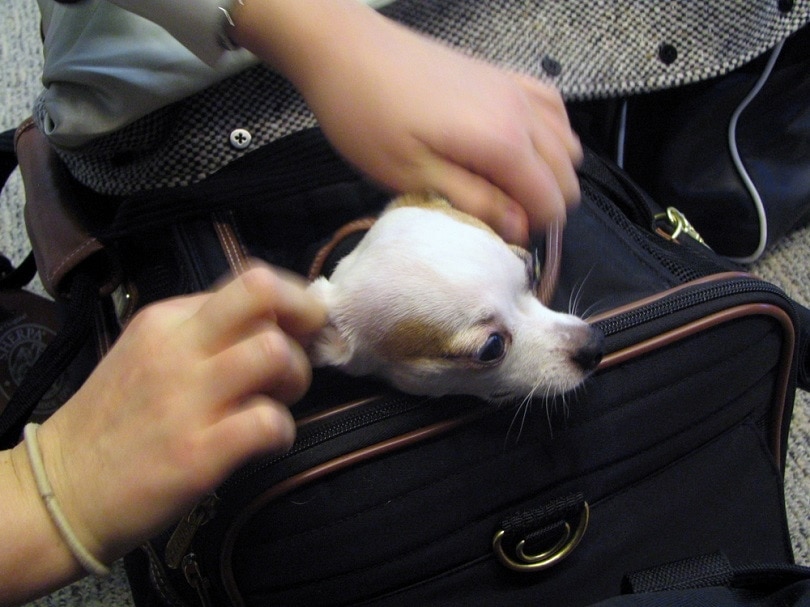
For large dogs not classified as service animals, you may have the option of checking your dog as luggage to be placed in the cargo area. Even though the cargo area is pressurized and temperature-controlled, this is ill-advised by the Humane Society.
Some dogs placed in the cargo area end up lost, injured, or even killed due to rough handling and poor ventilation. If you’re traveling within the United States and have a large dog, driving is the better option, hands down.
Summing Up
If you plan on flying with your dog, whether a service animal or companion, it’s best to check with the airline before booking your flights to ensure your dog can fly. If your dog is a service animal, ensure you complete the necessary forms and have paperwork before arriving at the airport.
If your dog is a companion animal or ESA, be prepared to pay a fee for your dog to fly. Also, ensure your ESA or companion dog will fit in a carry-on underneath the seat in front of you before making air travel arrangements
See also:
- Flying With an Emotional Support Dog: What to Know Before You Go
- 10 Best Airline-Approved Pet Carriers
Featured Image Credit: RyanTaylor, Shutterstock


